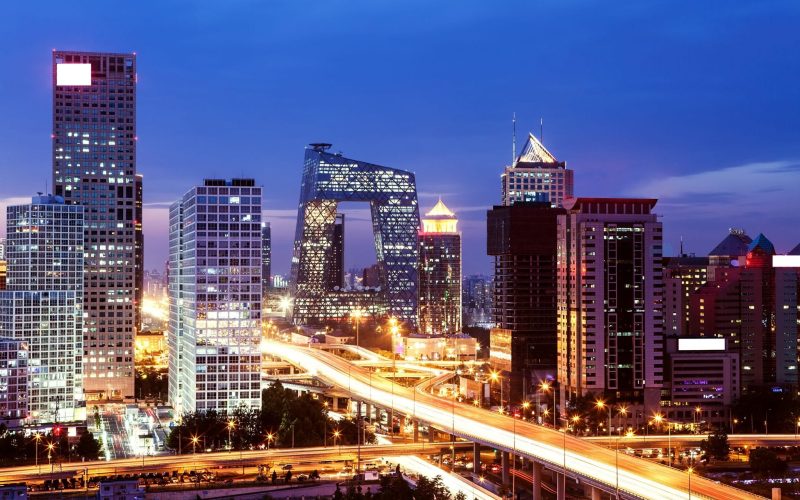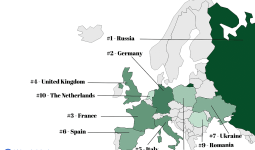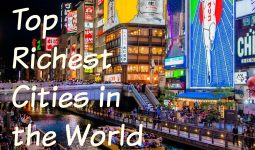China is a rich country, a prosperous and developed one at that. Since 1978, its GDP growth has averaged roughly 10% a year, and it has lifted more than 800 million people out of poverty.
Over the same period, access to health, education, and other services has improved significantly.
However, this article discusses the richest cities in China you should know. Read on!
1. Shangai
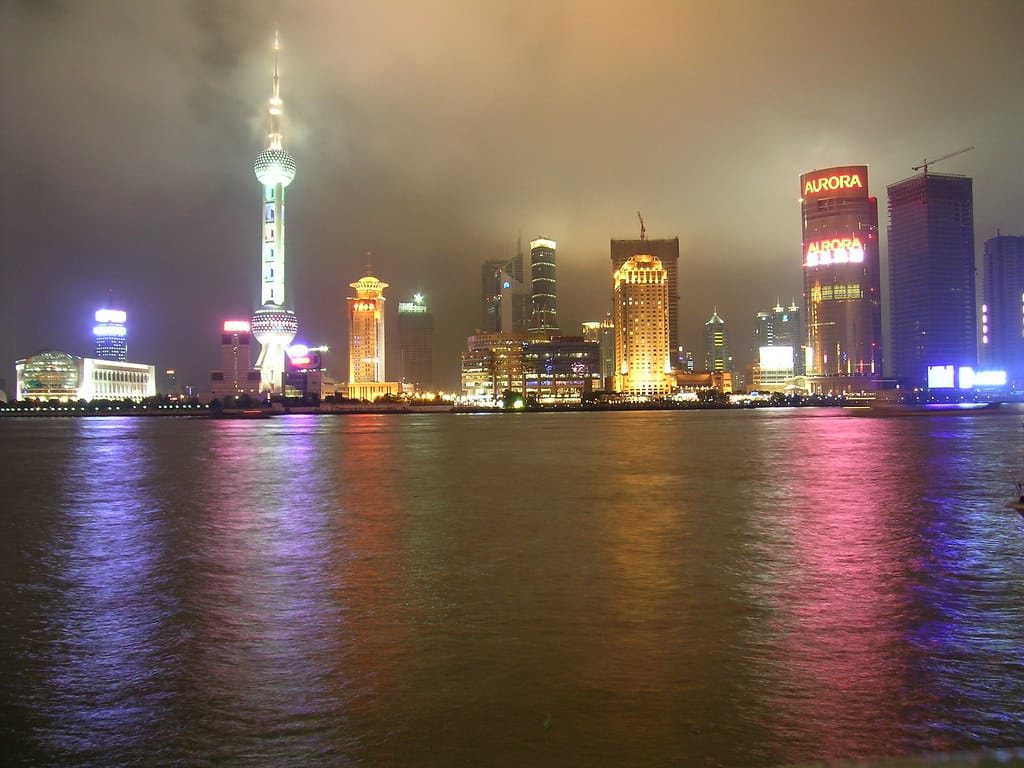
Shanghai is the richest city in China and the most expensive city in the world. It is the “showpiece” of China’s expanding economy.
The city is a global center for innovation and a national center for commerce, trade, and transportation, with the world’s busiest container port—the Port of Shanghai.
However, as of 2019, Shanghai’s GDP was CN¥3.82 trillion, which is 3.85 percent of China’s, and its GDP per capita was CN¥157,138.
Shanghai’s six primary industries—retail, banking, IT, real estate, machine manufacturing, and automotive manufacture—comprise roughly half its GDP.
Moreover, after Beijing, Shanghai will have the second-highest number of billionaires globally by March 2021.
According to a study by Oxford Economics, Shanghai’s nominal GDP is expected to reach US$1.3 trillion in 2035, making it one of the world’s Top 5 most significant cities in GRP.
2. Beijing

In 2013, Beijing had a Gross Domestic Product of $319,719,000,000 and a PPP of $545,041,000,000.
This city has a population of 24.9 million. Its headquarters are home to 52 of the Fortune Global 500 corporations, including numerous state-owned enterprises.
Beijing is also renowned as China’s technical, entrepreneurial hub. This city’s economy grew by 200 percent between 2004 and 2012.
Beijing is home to 54 Fortune Global 500 companies and over 100 of China’s largest firms. However, finance is a significant thing in these industries.
On December 31, 2007, there were 751 financial institutions in Beijing, generating revenue of 128.6 billion RMB, or 11.6 percent of the total financial industry income in the entire country.
Beijing’s GDP is 13.8 percent, the highest of any Chinese metropolis. Furthermore, China’s capital was 7th globally and 5th in Asia in the 2020 Global Financial Centres Index.
3. Shenzhen

Deng Xiaoping developed Shenzhen as the first Special Economic Zone (SEZ). When they created Shenzhen in 1979 as a Special Export Zone, they renamed it a Special Economic Zone in May 1980.
In 2018, Shenzhen’s nominal GDP surpassed Hong Kong’s GDP of HK$2.85 trillion and Guangzhou’s GDP of 2.29 trillion RMB (HK$2.68 trillion), making Shenzhen’s economic production the third largest of all Chinese cities after Shanghai and Beijing in terms of economic output and population.
Shenzhen’s 8.8% GDP growth between 2016 and 2017 outpaced Hong Kong’s 3.7 percent and Singapore’s 2.5 percent.
Shenzhen Stock Exchange (SZSE) is the 8th largest exchange in the world, with a market capitalization of US$2.5 trillion as of November 30, 2018.
4. Chongqing
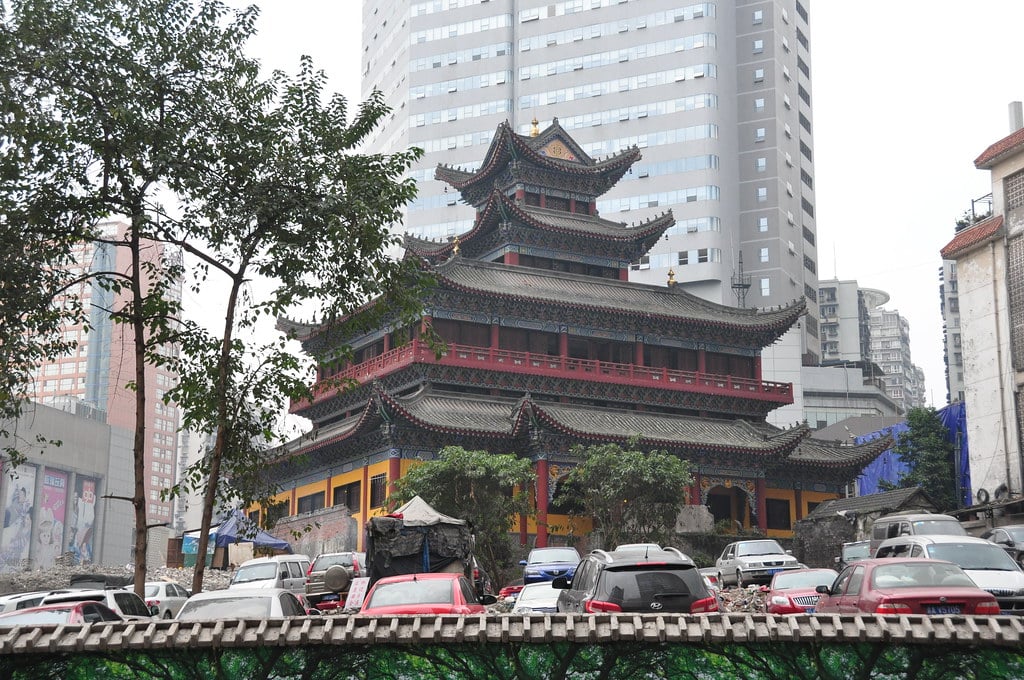
Chongqing is one of the richest cities in China. Chongqing’s population is growing at a rapid pace.
For example, according to statistics, new buildings added around 137,000 m2 (1,470,000 sq ft) of floor space daily to meet the need for residential, commercial, and factory space.
Over 1,300 individuals relocate into the city daily, bringing close to $15.00 million to the local economy.
It was separated from Sichuan Province on March 14, 1997, and created as a municipality.
Also, Chongqing and Sichuan have historically been major military centers for weapons research and development due to their geographical isolation.
A somewhat disadvantaged position in the interior of China means that Chongqing’s export sector is tiny even though its industries are varied.
Many local consumer products, such as processed food, vehicles, and chemicals, are produced instead of large-scale manufacturing.
Furthermore, there are plenty of things to do in Chongqing if you’re a fan of motorbikes.
In 2007, it produced 1 million vehicles and 8.6 million motorcycles every year, according to the company.
5. Guangzhou

Guangzhou is located in the Pearl River Delta, one of mainland China’s most important economic and manufacturing districts.
Guangzhou is the Pearl River Delta’s principal manufacturing center. In 2017, its GDP was 2,150 billion (US$318 billion), and its per capita income was 150,678 ($22,317).
Guangzhou is one of the most economically successful cities in China. Guangzhou ranks 10th in the world and 5th in China.
It is not one of the richest cities in China for no reason.
6. Hongkong

Hong Kong’s capitalist mixed-service economy is characterized by an established international financial market, low taxation, and minimal government market involvement.
In December 2018, the Hong Kong Stock Exchange had a market capitalization of HK$30.4 trillion (US$3.87 trillion).
A nominal GDP of around US$373 billion makes it the 35th largest economy in the world.
Even though the economy of Hong Kong has been regarded as a top performer in the Heritage Foundation’s economic freedom rating since 1995, the territory has a comparatively high level of income disparities.
7. Suzhou
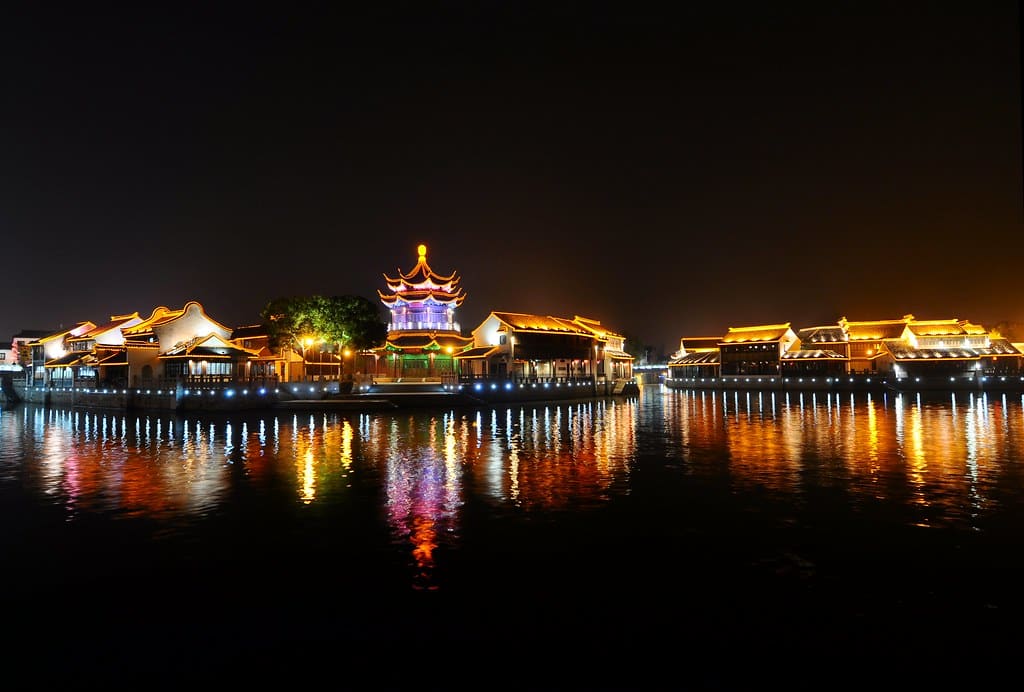
Suzhou is one of China’s most popular investment sites because of its proximity to Shanghai and low operational expenses.
The municipal government has taken various initiatives to stimulate foreign direct investment (FDI) in the manufacturing (pharmaceuticals, electronics, automobiles) and service (banking, logistics, research services) sectors.
Furthermore, limited partnership venture capital businesses in the Suzhou Industrial Park have a favorable tax policy.
8. Chengdu

For a good reason, Chengdu is rapidly becoming one of the most sought-after investment destinations in Central and Western China.
As of October 2009, 133 of the world’s 500 largest corporations maintained subsidiaries or branch offices in Chengdu.
However, a number of these MNEs are located in Chengdu, such as Intel (which has assembly and manufacturing bases), Cisco (which has manufacturing bases), Sony (which has manufacturing bases), and Toyota (which has manufacturing bases).
9. Wuhan

Wuhan was mainly an agricultural region until the 21st century. It is the focus of the Rise of Central China Plans, which aspires to transform less-developed economies in China’s interior into advanced manufacturing hubs. It has been in the city of Nanjing since 2004.
Wuhan’s industrial base has been built on steel since 1890. In 2010, the automobile sector eclipsed Wuhan Iron and Steel Corporation (WISCO) for the first time.
Shanghai GM, DFM Passenger Vehicle (DFM), and Dongfeng Renault are among the country’s five automakers. Dongfeng-Citroen Automobile Company has its headquarters here.
10. Hangzhou
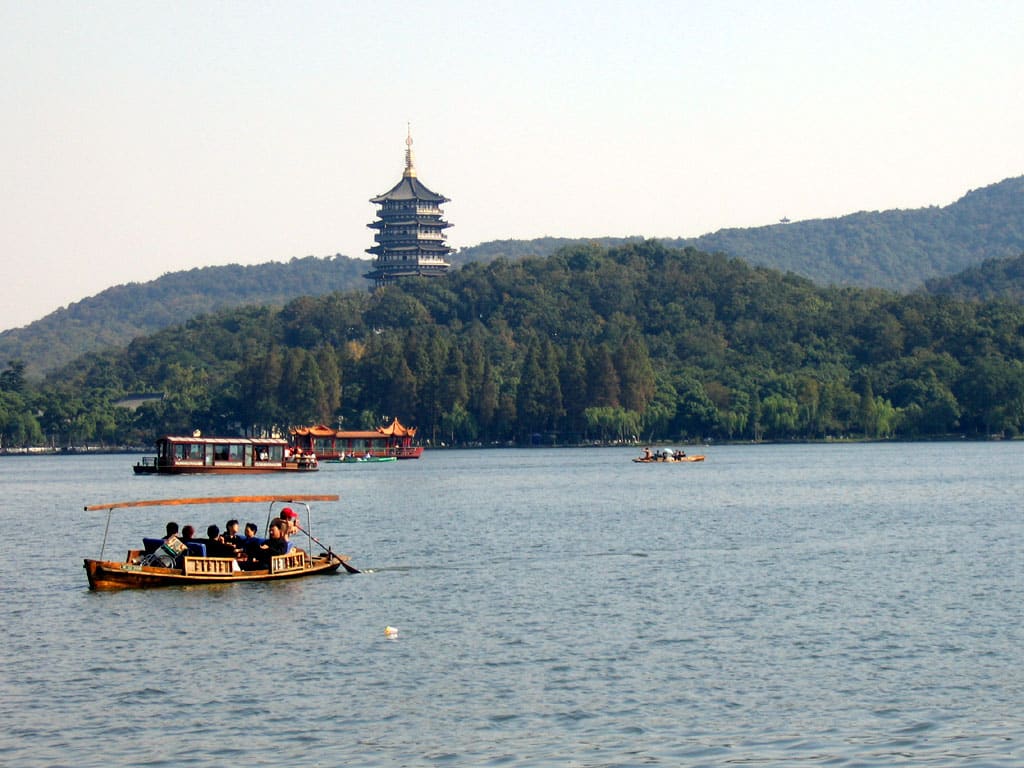
China’s economy has overgrown since 1992, when the city opened its doors to the world.
An industrial town with a wide range of industries, including light industry, farming and textiles manufacturing, and logistics, is considered significant in coastal China.
However, during the past few years, Hangzhou’s financial sector has grown significantly, and it now ranks 89th on the Global Financial Centres Index. Moreover, Hangzhou ranks 11th in the world and 6th in China.




